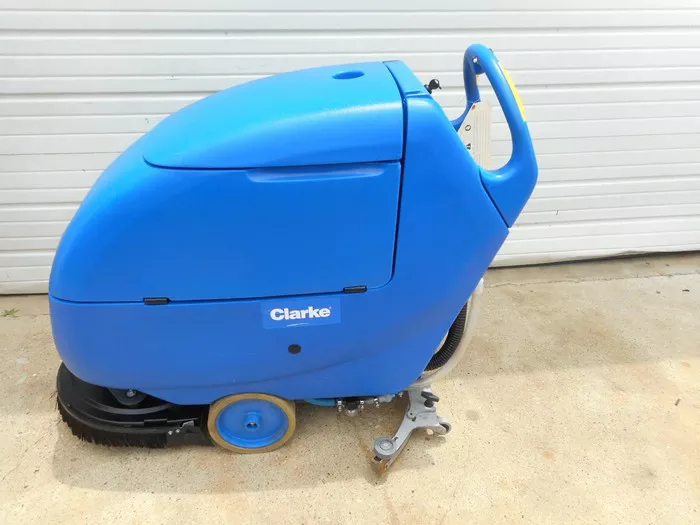Floor polishers play a crucial role in maintaining clean and polished floors, serving as indispensable tools in various settings such as homes, offices, and commercial spaces. These machines are designed to efficiently polish and buff floors, enhancing their appearance and prolonging their lifespan. However, like any mechanical device, floor polishers are prone to encountering common problems that can affect their performance and reliability.
Common Problems with Floor Polishers
1. Loss of Power or Motor Malfunctions: Loss of power or motor malfunctions are frequent issues encountered with floor polishers. This can be attributed to factors such as overheating, worn-out brushes, or motor failure. When faced with such problems, users should first check the power sources to ensure proper connection and voltage supply. Inspecting brushes for wear and tear and replacing them if necessary can also resolve power loss issues. In cases of severe motor malfunction, seeking professional repairs or replacements is advisable.
2. Uneven Polishing or Streaky Finish: Uneven polishing or streaky finish is another common issue that users may encounter with floor polishers. This problem can arise due to incorrect pad installation, uneven pressure application, or using the wrong polish for the floor type. To address this issue, users should ensure proper pad alignment and installation, adjust pressure settings according to the floor’s requirements, and use compatible polishes for optimal results.
3. Excessive Noise or Vibrations: Excessive noise or vibrations during operation can be disruptive and indicate underlying problems with the floor polisher. Loose components, imbalanced pads, or worn-out bearings are potential sources of noise and vibrations. Users can mitigate these issues by tightening screws and bolts, balancing pads properly, and replacing worn-out bearings to restore smooth and quiet operation.
4. Pad Slippage or Slowing Down: Pad slippage or slowing down of the floor polisher can hinder its effectiveness and productivity. This problem may occur due to worn-out Velcro pads, improper installation, or belt malfunctions. To address pad slippage, users should check and replace Velcro pads regularly, ensure proper pad attachment, and inspect belts for signs of damage or wear.
5. Clogging or Lack of Suction: Clogging or lack of suction can impair the floor polisher’s ability to effectively remove debris and polish floors. This issue often arises from debris buildup, clogged filters, or suction hose blockages. To prevent clogging, users should regularly clean filters and hoses, remove debris from the machine’s components, and use compatible cleaning solutions that minimize residue buildup.
6. Electrical Issues or Cord Damage: Electrical issues or cord damage pose significant safety hazards and can result in machine malfunction or electrical shocks. Frayed cords, damaged plugs, or electrical shorts are common culprits behind such problems. Users should prioritize inspecting cords for damage, avoiding water contact to prevent electrical hazards, and using ground fault circuit interrupters (GFCIs) for added safety measures.
Prevention and Maintenance Tips:
To ensure optimal performance and longevity of floor polishers, users should implement preventive maintenance measures and adhere to manufacturer’s guidelines. Regular maintenance routines such as cleaning filters, inspecting cords for damage, and lubricating moving parts are essential for preserving the machine’s functionality. A pre-operation checklist should be followed to conduct thorough checks before each use, ensuring the machine operates efficiently and safely.
Conclusion:
Understanding common problems encountered with floor polishers is essential for users to effectively troubleshoot issues and maintain the machines’ optimal performance. By implementing preventive measures and adhering to maintenance guidelines, users can prolong the lifespan of their floor polishers and ensure clean and polished floors in various settings. Regular inspections, proper usage, and timely repairs are key to maximizing the efficiency and reliability of floor polishers, ultimately contributing to a cleaner and safer environment.

